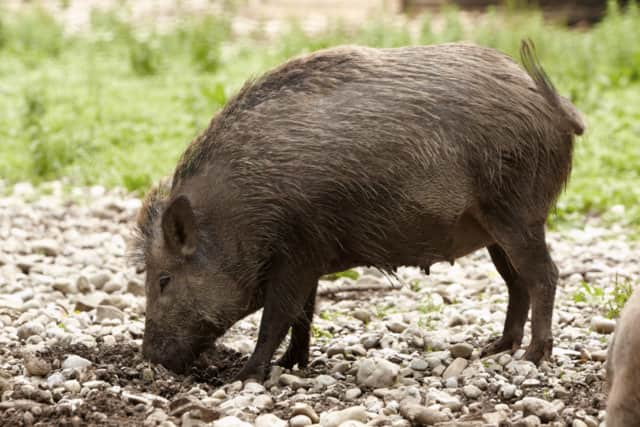Hunters: Think You’re Immune to Wildlife Violations? Read This
Tammy Sapp 12.12.12

When Louisiana hunter Gary Kinsland, 65, walked closer to what he had shot and saw the rounded, furry ear, his heart sank.
“The first thing I said was, ‘my God.’ Standing there, looking down, I realized what I had done,” Kinsland said. “Thoughts started racing through my mind.”

Kinsland had mistaken a Louisiana black bear and her cub for feral hogs. That’s a big deal in Louisiana, where the black bear is listed as threatened on the federal threatened and endangered species list. Killing one violates state law and the federal Endangered Species Act.
A geology professor at the University of Louisiana at Lafayette, Kinsland was deer hunting at a wildlife management area in 2009 when the incident occurred. He knew there were hogs in the area and had heard them squealing that morning. The Louisiana Department of Wildlife and Fisheries encourages hunters to take feral hogs because they compete with native wildlife for food, and they destroy the landscape. When Kinsland saw a black form trotting through the brush at 100 yards, it never occurred to him that it was anything other than a hog.
“It looked like the body of a hog. After I shot the first one, I got down from my stand. I saw the smaller one in a brushy area and shot it at about 40 yards,” Kinsland said. “I never thought this could happen to me. I’ve hunted my whole life.”

So how could an experienced hunter end up shooting the wrong species? Studies dating back to the 1950s show when hunters are asked to look at and identify an ill-defined image, every bit of evidence their brains collect after that supports their initial decision. For Kinsland, knowing the facts that hogs were in the area, actually hearing them, and then seeing a dark form supported his belief that he was shooting at feral hogs.
Tips for Identifying Wildlife
Hunters who are aware of this human tendency can avoid making similar mistakes, though. John Sturgis, Louisiana Education Program Manager, recommends hunters insist on multiple points of identification before pulling the trigger.
“Good optics also can make a difference in correctly identifying your target,” Sturgis said. “However, make sure that you use your binocular for identification purposes, not your rifle scope. You should never point your muzzle at anything unless you intend to shoot it.”
A good wildlife identification guide is also useful, especially one you can download to your smartphone or other e-reader device or app. Today’s Wildlife Field Identification Guide puts a wealth of wildlife knowledge right at your fingertips. You can download Today’s Wildlife from Amazon, Barnes and Noble, and iTunes.
Another wildlife identification resource is the Louisiana-approved online hunter safety course. The course offers tips to improve your wildlife ID skills as well as descriptions and photos of common species. Plus, successfully completing the online course is the first step toward earning a hunter education certificate and ultimately, a hunting license.
The Rest of Kinsland’s Story
The day Kinsland stood over those dead bears, he was faced with a decision most of us can only speculate how we would handle. As Kinsland dialed the Department of Wildlife and Fisheries’ phone number, he knew the outcome wasn’t going to be good. But he also knew that he’d rather tell the truth than risk being shown to be deceitful in front of his two young daughters.
Kinsland’s out-of-pocket expenses totaled more than $13,000 as well as suffering the criticisms of people who believed he deserved that punishment and worse. As part of his penalty, he also served 150 hours of community service. It was Kinsland’s idea to use his experience to teach hunter education students about the importance of wildlife identification.
“I taught at least 22 hunter education courses across the state and ended up completing instructor training. Now I’m a qualified instructor and expect to help teach future classes.”
Now three years after the incident, Kinsland is still an avid hunter. He hopes that by sharing his story, he can encourage other hunters to take the extra time and be sure of their target.

